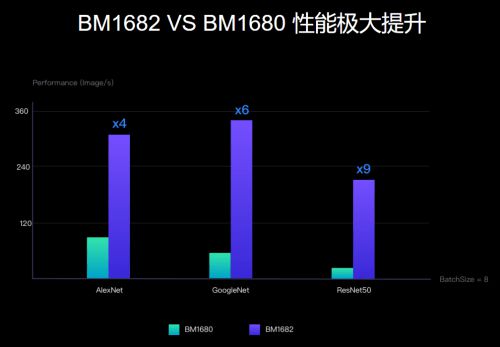In the rapidly evolving landscape of cryptocurrencies, the backbone of this digital revolution lies in the relentless operation of mining machines, tirelessly validating transactions and securing the blockchain. The quest for enhancing mining machine efficiency has become paramount—not only because it directly influences the profitability margins for miners but also due to its impact on the sustainability of mining farms worldwide. As Bitcoin continues to dominate the cryptocurrency market, with Ethereum and emerging altcoins like Dogecoin forging their niches, the demand for cutting-edge mining rigs that combine raw computational power with energy-efficient designs has never been higher.

Mining machines, often regarded as the engines of this digital finance transformation, have undergone significant innovations over the past decade. From the early CPU and GPU miners to the advent of Application-Specific Integrated Circuits (ASICs), every leap has prioritized a dual objective: increasing hash rates while simultaneously lowering electricity consumption. This dual approach is critical because the economics of mining revolve around the delicate balance between computational output and operational cost—especially electricity, which accounts for a significant portion of expenses in massive mining farms. Technology firms specializing in these machines have refined chip architecture, heat dissipation methods, and firmware algorithms to push boundaries further, enabling miners to extract better value from the blockchain’s computational puzzles.
On the other side of this coin lies mining machine hosting, a service rising in prominence as the complexity and scale of mining operations expand. Hosting providers offer secure facilities equipped with optimal environmental controls, stable power supply lines, and robust internet connections. Such infrastructures are indispensable for safeguarding hardware from overheating and downtime, which directly correlate with loss of potential rewards. Whether an individual operator or a conglomerate organization, leveraging hosting services removes much of the overhead burden, allowing miners to concentrate on strategy and portfolio diversification.
The widespread popularity of cryptocurrencies like Ethereum brings unique challenges to mining machine efficiency. Unlike Bitcoin’s SHA-256 algorithm, Ethereum uses Ethash, which is memory-hard and requires substantial RAM on each mining rig. This leads to innovations in memory modules and bandwidth optimization, ensuring miners can maintain peak performance. At the same time, Ethereum’s anticipated transition to proof-of-stake poses interesting questions about the future viability of mining equipment designed exclusively for proof-of-work cryptocurrencies—prompting manufacturers and miners alike to think ahead and explore hybrid solutions or alternative digital currencies that remain mineable.
A diverse ecosystem of mining pools and exchanges complements the hardware evolution. Modern miners often participate in mining pools to combine hash power, boosting block discovery rates and stabilizing income streams. Meanwhile, exchanges worldwide facilitate seamless conversion between mined cryptocurrencies and fiat money or other digital assets, enabling miners to liquidate profits efficiently. The synergy among hardware manufacturers, hosting providers, pool operators, and exchanges underscores the complexity and maturity of the blockchain ecosystem today. Innovations in one segment invariably ripple across the others, catalyzing a cycle of continuous improvement and adaptation.

At the frontier of this technological surge, mining farms have emerged as colossal hubs where rows upon rows of mining rigs hum in unison. Powered by renewable energy sources in some regions and harnessing advanced cooling systems that recycle heat or employ immersion cooling techniques, these farms embody the future of sustainable digital asset extraction. The scale of these operations means that every incremental improvement in hardware efficiency resonates exponentially, enabling miners to stay competitive despite fluctuating cryptocurrency prices and evolving difficulty adjustments inherent in blockchain protocols.
Moreover, as altcoins like Dogecoin gain traction—often celebrated for their community-driven ethos and meme-inspired origins—miners diversify their focus. Specialized miners or multipurpose rigs capable of switching algorithms efficiently enhance overall portfolio resilience. The dynamic nature of cryptocurrencies necessitates adaptability, incentivizing mining machine manufacturers to develop modular designs with upgradeable components and software flexibility to support various blockchains seamlessly.
From this vantage point, it’s clear that powering the blockchain revolution transcends mere transaction validation; it represents a synergy of innovation, economic pragmatism, and environmental responsibility. The continuous progression of mining machine efficiency not only propels Bitcoin, Ethereum, Dogecoin, and alike forward but also carves pathways for broader adoption and technological breakthroughs in decentralized finance. As challenges surface and markets fluctuate, the spirit driving these innovations remains unwavering—championing a future where blockchain is efficiently and responsibly powered, fueled by ingenuity at the core of every mining rig and farm.



Leave a Reply